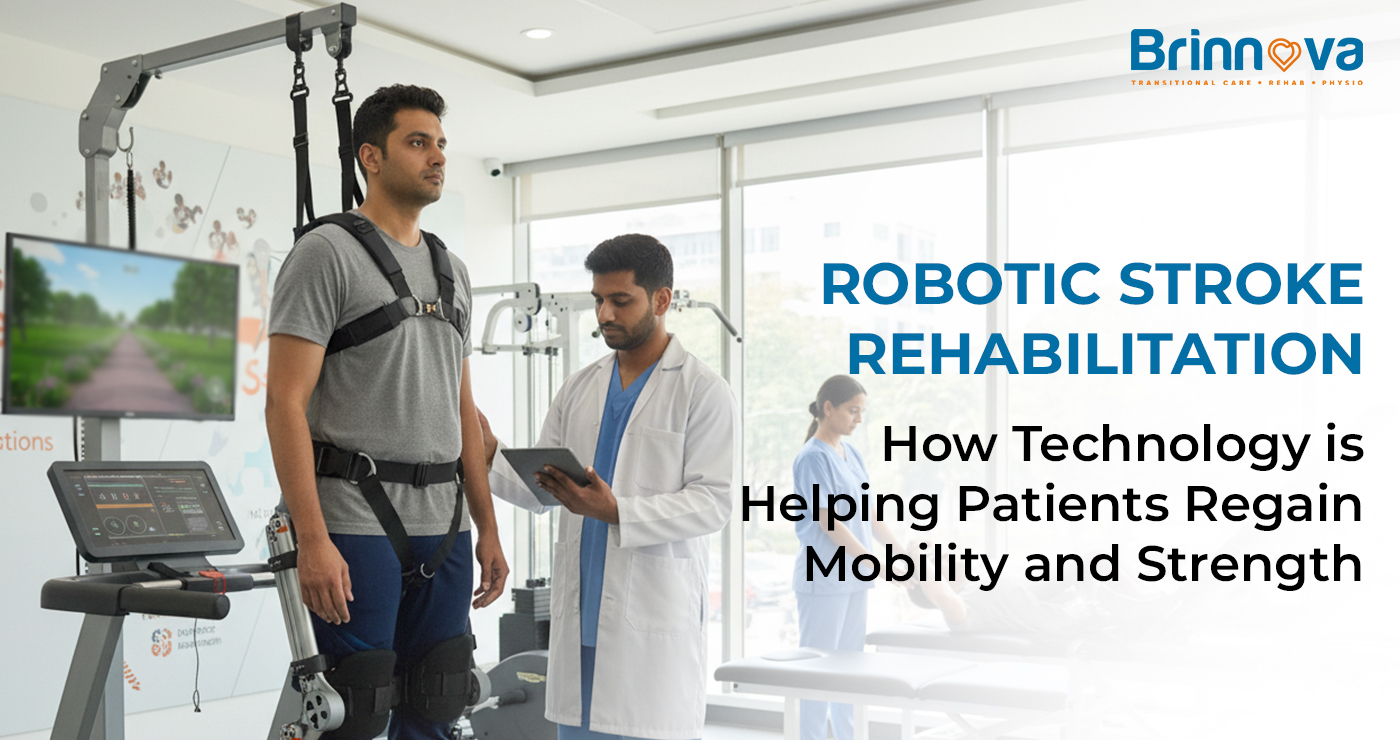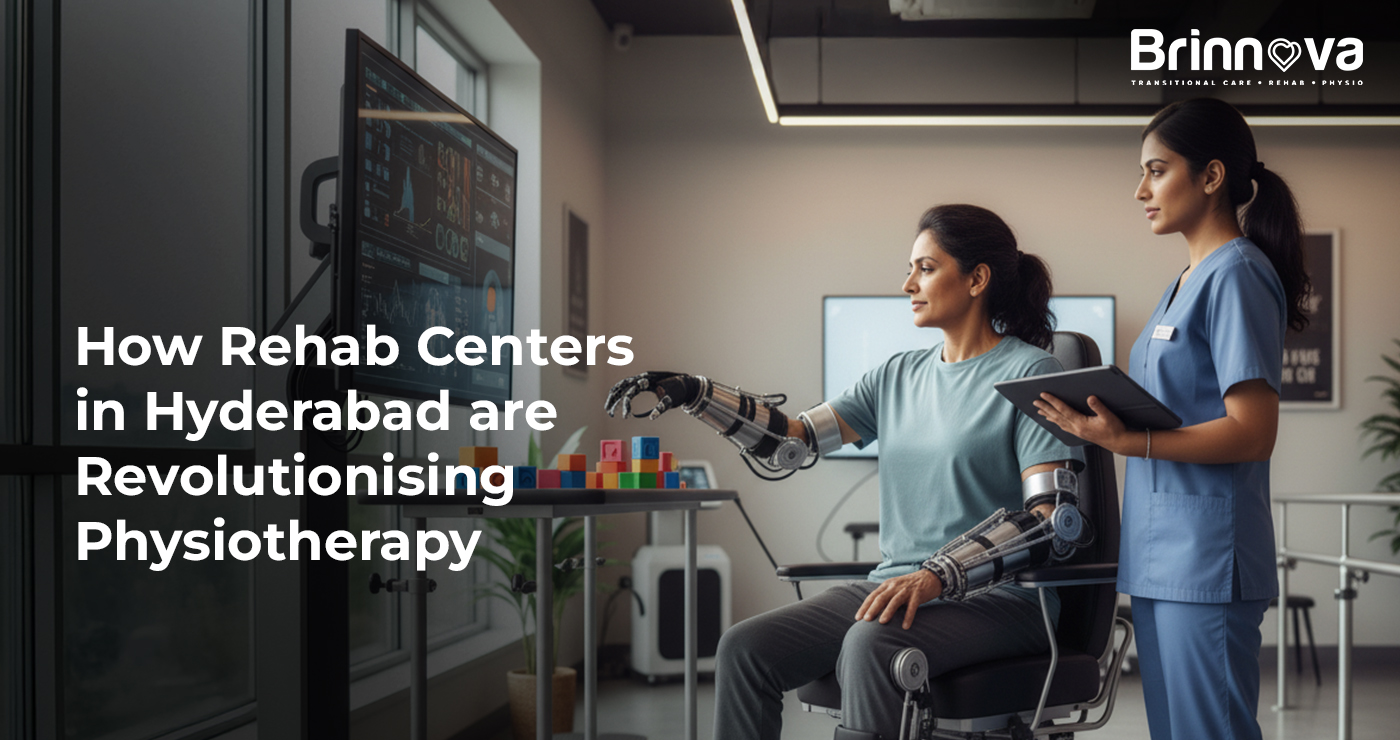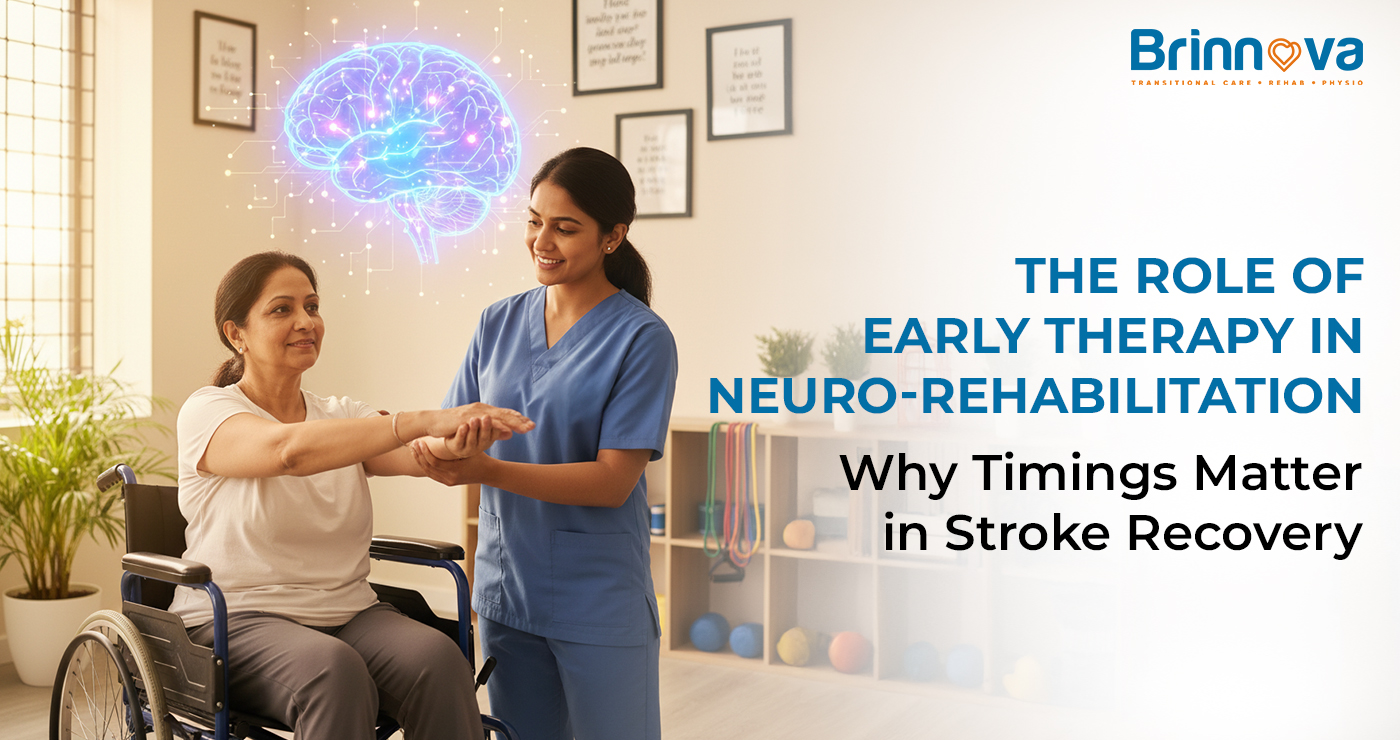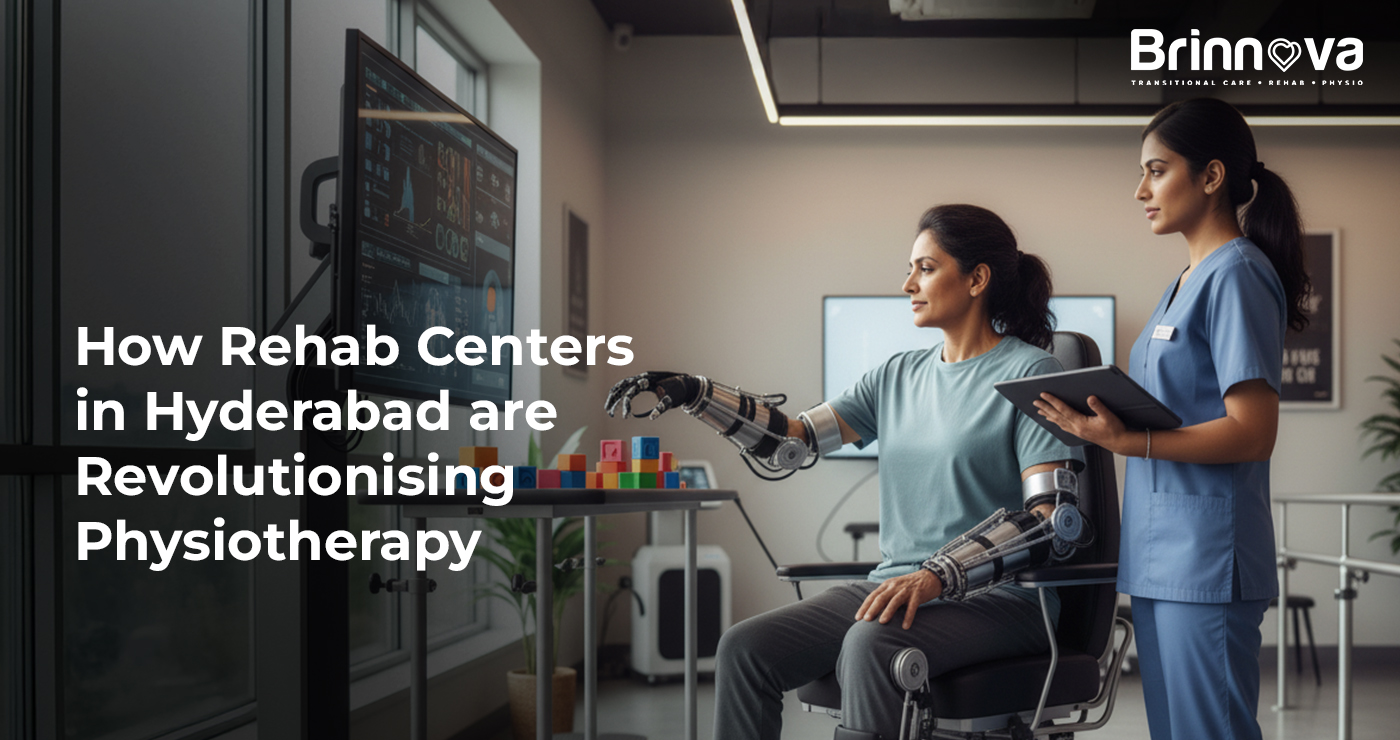Robotic Stroke Rehabilitation: How Technology Is Helping Patients Regain Mobility and Strength
It is not always easy to take the step towards reintegrating following a stroke. But the process is being revolutionised by the introduction of technology. An additional breakthrough in stroke rehabilitation is robotics stroke rehabilitation, which provides stroke patients and rehabilitation therapists with potent tools to attain recovery objectives with greater accuracy and strength than previously. It is these advanced systems that are intended to realise the natural capacity of the brain to reorganise itself, or what is termed neuroplasticity, by providing thousands of repetitive, high-intensity movements which are necessary in relearning motor skills. This innovative approach is fundamentally changing the future for many survivors.
What is Robotic Stroke Rehabilitation?
Robotic stroke rehabilitation refers to the use of computer-controlled electromechanical equipment to support, augment or test the provision of therapy to patients with a stroke. These are basically high-intensity, repetitive, and task-specific training, aided by robots. They are divided into:
- Exoskeletons: These are wearable prostheses that are designed to match the joints of a patient to help them move the arm, hand or leg.
- End-Effector Devices: Robots which touch the limb of the patient at the hand or at the foot and move them along a specified path.
- Assistive Devices: Systems that can provide support or resistance based on the patient's ability, ensuring they are actively participating in the exercise.
The main aim of this technology is to increase the volume of movement exercises that a patient undergoes, which is most important in the stroke rehabilitation of a patient.
Why Are Repetition and Intensity Crucial for Recovery?
Neuroplasticity is the ability of the brain to restructure the neural pathways following an injury such as a stroke. The mechanism that drives this reorganisation is high-intensity, repetitive training. Manual therapy alone can struggle to provide the sheer volume of repetitions necessary to create and reinforce new motor pathways in the brain. A therapist may not be able to guide hundreds of perfect and consistent repetitions per session because of physical limitations.
Robotic stroke rehabilitation is the game-changer here. The systems may take the patient through hundreds and even thousands of movement cycles during a session. Clinical trials have shown that this intensive, repetitive training can result in extensive recovery in motor function, particularly when used as an alternative to other traditional low-intensity training. The machines perform consistently, and therefore each repetition is accurate, maximising the opportunity for the brain to relearn the right movement patterns.
How Do Robotic Devices Facilitate Movement Relearning?
Robotic physiotherapy is engineered to interact with the patient's remaining motor function. This is an active involvement which is an important part of a good post-stroke recovery therapy. The devices typically use sophisticated sensors to detect the patient’s effort.
- Assist-as-Needed: If the patient initiates a movement, the robot provides minimal assistance. If the patient struggles or attempts an incorrect movement, the robot gently guides the limb toward the correct path. This subtle support encourages the patient's active role in the movement, which is essential for motor learning.
- Objective Feedback: The systems provide real-time, objective data on the patient's performance, such as movement speed, range of motion, and force exerted. This immediate feedback helps the patient understand their progress, serving as a powerful motivator.
- Engagement through Gamification: The virtual reality (VR) or computer game-based robotic stroke rehabilitation is offered by many systems. The patient uses their affected part to control an on-screen avatar or activity. This makes the therapy engaging, reducing the perceived effort of the highly repetitive exercises.
This patient-centred and one-on-one method is more effective and efficient in the enhancement of motor skills and in post-stroke recovery therapy.
What is the Evidence Supporting the Use of a Robotic Arm Trainer?
Robotic arm trainer devices have demonstrated effectiveness in supporting the upper limb based on an increasing amount of clinical evidence. One of the frequent effects of a stroke is upper limb paresis (weakness), which is a common consequence of stroke, severely impacting a person's ability to perform daily activities. There is a systematic review of the effects of robot-assisted therapy, especially on arm and hand performance. Studies have shown that robotic physiotherapy, particularly when used with conventional therapy, may result in similar or better improvements in upper limb functioning than traditional therapy. Moreover, the fact that these machines could provide high-intensity training is considered one of the determinants of these favourable results. The improvements can be modest sometimes, though even the minute functional gains in the upper limb can result in a dramatic rise in the level of independence and life satisfaction of a stroke survivor. The continued research aims to further optimise therapy protocols regarding intensity and timing.
Does Robotic Physiotherapy Help with Gait and Balance?
Although the problem of upper limb robotics gets much attention, there are more sophisticated systems of lower limb recovery in robotic stroke rehabilitation, which help with gait and balance. Post-stroke recovery therapy for walking is crucial, as the ability to walk independently is a major determinant of quality of life.
Robot-assisted gait training (RAGT) involves the use of such devices as body-weight-supported treadmills and robot-exoskeletons, which assist in leading the patient through precise and natural walking patterns. These devices:
- Simulate Normal Gait: They make sure that the legs are in a coordinated physiological motion, which reinstates muscle memory.
- Provide Body Weight Support: A harness supports a customised percentage of the patient's body weight, compensating for weak muscles and allowing the patient to focus on movement rather than fighting gravity.
- Improve Coordination: It has been established that robot-assisted training may substantially increase lower limb motor function, capacity to walk, and balance abilities of stroke patients.
This combination of precision, intensity, and support makes robotic physiotherapy a cornerstone in the journey to regaining walking ability after a stroke.
Brinnova Care: The Best Rehab Centre in Hyderabad.
Recovery is too serious to take chances upon. By selecting the institution that invests in the future of medical technology, you prove that you are willing to give yourself the best possible outcome. The vision of providing the best robotic stroke rehabilitation technology lies at the core of Brinnova Care. We merge this modern technology with the skills of our caring therapists in providing the best in post-stroke physiotherapy treatment.
Disclaimer: This article's content regarding Robotic Stroke Rehabilitation and the services mentioned at Brinnova Care is for informational purposes only and is not intended to be a substitute for professional medical advice, diagnosis, or treatment.




